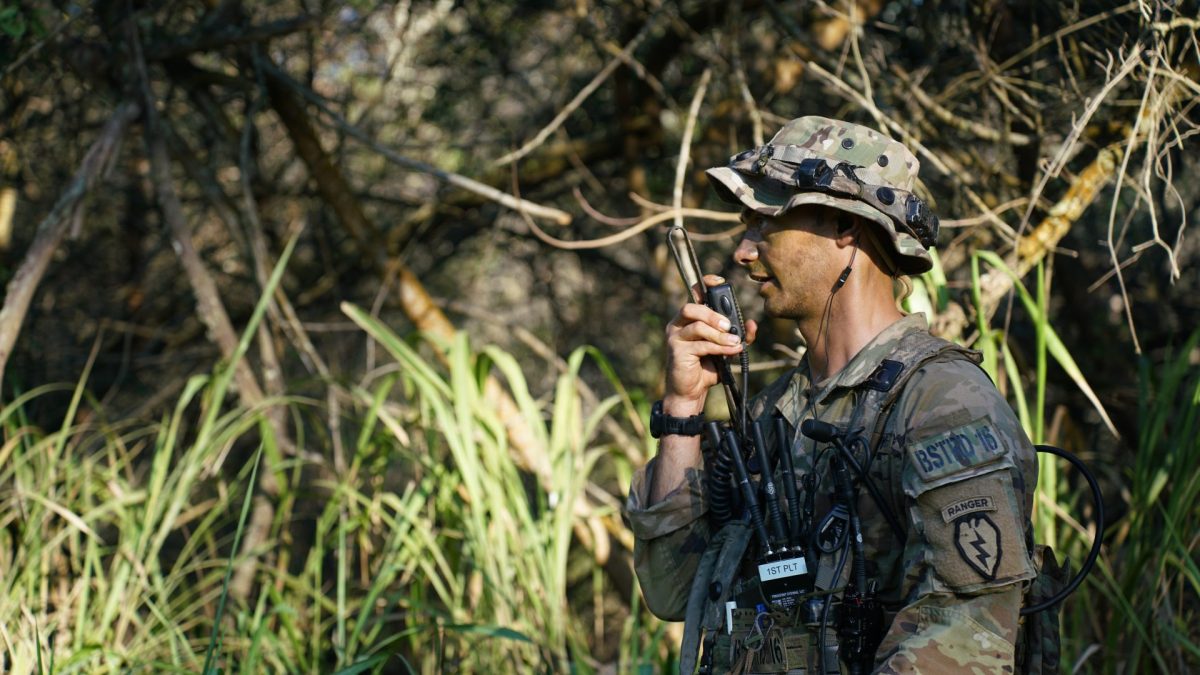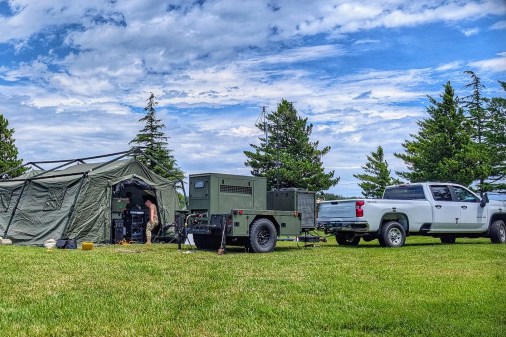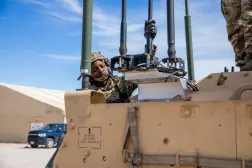A division got to test the Army’s upgraded network gear

SAVANNAH, Ga. — The Army tested its modernized communications network with a division for the first time last month, a major milestone as it seeks to scale technologies across the service.
As the Army transitions from the global war on terror to great power competition and large-scale combat operations, the division will be the main unit of action as opposed to the brigade.
Up to this point, the Army’s integrated tactical network — a combination of program-of-record systems and commercial off-the-shelf tools — had been tested with brigades and below.
The recent event took place with the 25th Infantry Division at the Joint Pacific Multinational Readiness Center in Hawaii. Officials noted that the unit liked the equipment and employed it in ways that had not been anticipated.
“They employ the ITN different than anybody has employed the ITN to date,” Mark Kitz, program executive officer for command, control, communications-tactical, told DefenseScoop at the Army’s Technical Exchange Meeting Dec. 12 in Savannah, Georgia. “They had employed their ITN in a really, really unique way.”
Officials explained commanders at various echelons took the technologies within the ITN and employed them based on their specific priorities.
“What they did differently was … the brigade commander said, ‘I want to be able to choose where I put my capabilities. I don’t want someone telling me where to put my capabilities,’” Col. Shermoan Daiyaan, project manager for tactical radios at PEO C3T, told DefenseScoop. “What they did is they would shift capabilities exactly where they needed them, not necessarily where we designed them. Then when we issued the capabilities to the division, they controlled the capabilities and put them places where they needed them, not necessarily where we thought. Maybe the capability isn’t with a company commander because in that particular phase of the fight, it needed to be more capability with the platoon leader.”
The key, officials stressed, is that nothing about the core architecture or capabilities provided from the ITN changed, but the ITN allowed the flexibility for commanders to fight the way they need to — a feature of the modernized design.
“The commander said, ‘I want to fight this way. Let me make my network work in how I want to fight.’ To me, that’s the kind of flexibility that we need to have in our network that was kind of baked into the ITN program,” Kitz said. “The division commander at 25th had his way of employing. I think every division commander is going to have their own way. How do we make that more simple and enable that?”
Forces were generally pleased with the capabilities they received and the flexibility they provided, according to officials.
“What we got everywhere we went resoundingly was, ‘I like my ITN, I wish I had more.’ That was a common theme of what they said: It is doing what I need it to do,” Daiyaan said.
In addition to the added flexibility the ITN affords commanders relative to the legacy capability that was primarily at the halt, it provides significantly more power in terms of redundancy, transport options, reduced complexity and speed to establish comms.
“Non-ITN units are still really at the halt and do not have this flexible, robust radio infrastructure to allow them to communicate both voice and data,” Kitz said.
Daiyaan said in some cases, from a radio perspective, between the single- and two-channel radios, ITN provides four to five times the capability of the legacy technology.






